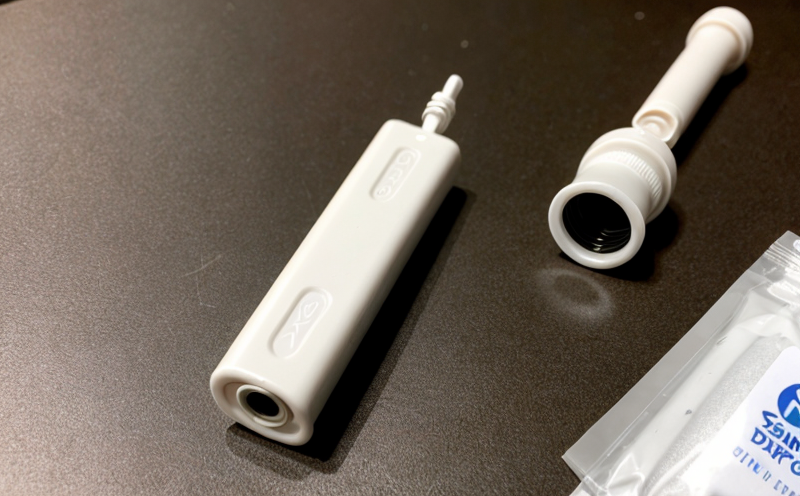ASTM F2096 Bubble Leak Testing of Packaging Systems
The ASTM F2096 standard provides a comprehensive approach to evaluate the integrity and leak detection capabilities of packaging systems used in the medical device industry. This testing is crucial for ensuring that single-use devices remain sterile throughout their shelf life, thereby safeguarding patient safety.
According to ASTM F2096, bubble leak testing is designed specifically to identify any breaches or leaks within the package that could compromise the sterility of a medical device. The test involves submerging the sealed package in an aqueous solution and applying pressure, which causes bubbles to form if there are any imperfections in the seal.
The methodology outlined by ASTM F2096 ensures consistent results across different laboratories, making it a reliable tool for compliance with regulatory requirements. This standard is widely used not only in the United States but also internationally, contributing to the harmonization of quality standards within the medical device sector.
In practice, this test is particularly important when dealing with single-use devices such as syringes, catheters, and other instruments that must maintain their sterility from manufacturing until use. The integrity of these packages directly impacts patient safety and compliance with international guidelines like ISO 11135-2.
For effective bubble leak testing, it is essential to follow the prescribed procedures meticulously. This includes ensuring that the package is properly sealed according to design specifications, selecting an appropriate aqueous solution, and applying the correct pressure for a specified duration. The testing apparatus used should be calibrated regularly to maintain accuracy.
Understanding the limitations of this method is also important. While bubble leak testing can detect leaks, it does not provide information about the type or size of defects within the package. Therefore, additional tests may be necessary depending on the specific requirements and regulatory guidelines applicable to your products.
Applied Standards
The ASTM F2096 standard is widely recognized for its rigorous approach to bubble leak testing of packaging systems. This standard ensures that tests are conducted consistently across various laboratories, enhancing reliability and repeatability.
The key aspects of the standard include:
- Appropriate choice of aqueous solution
- Proper calibration of testing apparatus
- Standardized pressure application techniques
- Duration and temperature requirements for the test
Scope and Methodology
The scope of ASTM F2096 encompasses the evaluation of packaging integrity, focusing on identifying leaks that could potentially compromise the sterility of single-use medical devices. The methodology involves several critical steps:
- Preparation of the package for testing
- Submersion in an aqueous solution
- Application of pressure to induce bubbles
- Evaluation of bubble formation and size
- Documentation and reporting of results
Benefits
- Enhanced Sterility Assurance: Ensures that single-use devices remain sterile from production to use, minimizing the risk of infections.
- Compliance with Regulations: Meets international standards like ISO 11135-2 and FDA regulations for medical device packaging.
- Improved Product Quality: Identifies potential defects early in the manufacturing process, allowing for corrective actions before product release.
- Increased Patient Safety: Reduces the likelihood of compromised sterility leading to adverse health outcomes.





